
As a pioneer in the Middle East's energy transition, the United Arab Emirates (UAE) is reshaping its oil - based economy with the "Net - Zero by 2050 Strategic Initiative". With the world's lowest photovoltaic power generation cost (the winning bid price for Dubai's photovoltaics in 2023 was 1.04 cents/kWh) and hundreds of billions of dollars in green investments from sovereign funds, the UAE plans to increase the share of clean energy to 50% by 2030. Energy storage has become a key means to balance the volatility of renewable energy and ensure grid resilience. From the "fully green - powered operation" of the Dubai Expo to the world's first carbon capture and storage (CCUS + ESS) pilot project in Abu Dhabi, the UAE is creating a Middle East energy storage innovation hub through policy relaxation (such as 100% foreign ownership), technology openness, and capital incentives. For multinational enterprises, the UAE is not only a testing ground for technology verification but also a strategic springboard to radiate the markets of the six - country Gulf Cooperation Council (GCC). This article introduces the UAE energy storage market access guide.
Market Status Analysis
Energy Structure and Transformation Goals
The electricity demand in the UAE grows at an average annual rate of 5% (reaching 150 TWh in 2023), with air - conditioning loads accounting for over 70% and a peak - valley difference of 40%. Energy storage is urgently needed for power peak - shaving.Oil and gas - fired power generation accounted for 68% in 2023. The government plans to increase the installed capacity of renewable energy from the current 5.6 GW to 25 GW by 2030, and the supporting energy storage demand exceeds 3 GWh.
Dominance of Solar Energy: The fifth phase (900 MW) of the Mohammed bin Rashid Al Maktoum Solar Park, with a supporting energy storage of 250 MWh, is the largest solar - energy - storage project in the Middle East, verifying the economic viability of the "photovoltaic + energy storage" model (with an LCOE as low as $0.013/kWh).
Drivers of the Energy Storage Market
Demand for Resilience in Extreme Climates: Summer temperatures often exceed 50°C. In 2022, a local power outage in Dubai was caused by grid overload, promoting the legislation on mandatory energy storage for industrial and commercial sectors (for example, data centers above 100 MW are required to be equipped with 4 - hour backup power).Linkage with the Green Hydrogen Strategy: The UAE plans to become one of the world's top three green hydrogen exporters by 2030. The supporting electrolyzers need energy storage to smooth out the fluctuations of renewable energy (such as the 100 - MW green hydrogen project in Masdar City, which is equipped with 50 MWh of energy storage).
Catalysis by Large - scale Events: International events such as the Dubai Expo and COP28 have accelerated the deployment of energy storage. For example, all the venues of COP28 in 2023 were powered by "photovoltaic + flow batteries".
Current Market Size and Technical Routes
In 2023, the energy storage installed capacity in the UAE was approximately 400 MWh, with lithium - ion batteries accounting for 75% and flow batteries accounting for 15% (due to their advantages in high - temperature adaptability).Testing of Emerging Technologies: Masdar, the Abu Dhabi Future Energy Company, is collaborating with HydrogenPro to develop "ammonia energy storage" (Power - to - X). Excess green electricity is used to produce and store ammonia, with a thermal efficiency of 65%.
Main Challenges and Risks
Adaptability to Extreme Environments
High Temperatures and Sandstorms: Daytime temperatures exceed 45°C, and there are an average of 90 sand - dust days per year. Energy storage systems are required to have an IP69K protection rating and active thermal management technology (increasing costs by 25%).Energy Consumption of Cooling Systems: The efficiency of traditional air - cooling solutions drops by 40% in desert climates. Liquid - cooling systems need to be additionally equipped with water - circulation devices (with a water consumption of 5 m³ per MWh).
Policy and Market Mechanism Barriers
Local Procurement Requirements (ICV): Federal government tender projects need to meet a 40% local value - added rate (for example, battery pack assembly and BMS software need to be completed in the UAE).Phase - out of Electricity Price Subsidies: Since 2024, the electricity price subsidy for industrial and commercial sectors has been reduced by 30%. The internal rate of return (IRR) of energy storage projects has dropped from 12% to 8%, and it is necessary to explore diversified revenue models.
Supply Chain and Cost Pressures
Dependence on Imported Lithium Resources: China supplies 85% of lithium - ion battery components. Geopolitical risks have pushed up logistics costs (accounting for 12 - 15% of the total project cost).
High Local Installation Costs: Expatriate labor accounts for over 90%. In 2024, the "Emiratisation" policy requires that at least 10% of the positions in energy storage projects be held by local citizens, increasing labor costs by 20%.
Major Players and the Competition Landscape
International Giants
Tesla: Won the bid for the 200 - MWh Megapack project of Dubai Electricity and Water Authority (DEWA). However, due to ICV requirements, it needs to cooperate with the local enterprise ALEC Energy for assembly.CATL: Jointly established the first lithium - ion battery super - factory in the Middle East (with a capacity of 20 GWh/year) with Abu Dhabi's sovereign fund Mubadala, locking in the local supply chain.
Fluence: Provided energy storage solutions for the micro - grids of oil and gas fields of the UAE National Oil Company (ADNOC), integrating AI prediction algorithms to reduce diesel consumption by 35%.
Local Leading Enterprises
Masdar (Abu Dhabi Future Energy Company): Dominates the national energy storage strategy. In 2024, it launched a 1.2 - GWh tender, focusing on integrated solar - energy - storage - hydrogen projects.DEWA (Dubai Electricity and Water Authority): Operates the first virtual power plant (VPP) in the Middle East, aggregating 200 MW of distributed energy storage resources for peak - shaving.AMEA Power: A local renewable energy developer, collaborated with Redflow to deploy 50 - MWh zinc - bromine flow batteries for high - temperature scenarios.
Emerging Forces
Green Hydrogen Cross - border Players: For example, the local start - up company H2Pro developed an integrated "photovoltaic - energy storage - electrolyzer" system and received a $500 - million investment from the ADQ fund.Energy Storage Fintech: The Islamic Bank of the UAE launched the world's first "ESS Leaseback" product, allowing enterprises to sell and lease back energy storage assets to optimize cash flow. Key Points of Regulations and Compliance
Foreign Investment Access Policies
Free Trade Zone Benefits: Enterprises registered in Abu Dhabi Global Market (ADGM) or Dubai International Financial Centre (DIFC) can enjoy 100% foreign ownership, a 50 - year tax exemption, and free capital flow.Negative List Restrictions: For energy infrastructure related to national security (such as energy storage supporting nuclear power plants), the upper limit of foreign ownership is 49%, and it needs to pass the National Security Review (NSR).Technical Standards and Certifications
ESMA Certification: Energy storage systems are required to pass the high - temperature cycle test (simulating 50°C/2000 cycles) of the UAE Standardization and Metrology Authority. The certification cycle is 6 - 9 months.Fire Safety Compliance: It needs to comply with the NFPA 855 - 2023 standard of the General Civil Defence Authority (GCFA) of the UAE, equipped with independent explosion - proof cabins and VOC emission monitoring systems.
ESG and Carbon Trading
Carbon Tariff Risks: Since 2026, a carbon border adjustment mechanism (CBAM) has been imposed on imported products. Energy storage projects need to provide full - life - cycle carbon footprint reports (including Scope 3 emissions in the accounting).Green Certificate Bundling: To participate in federal government tenders, it is necessary to purchase UAE Renewable Energy Certificates (RECs), with 0.2 RECs bundled per MWh of energy storage power.
Strategic Recommendations and Additional Content
Local Adaptation of Technology
Develop "Desert - Version" Energy Storage Systems: Collaborate with local research institutions (such as Khalifa University) to develop high - temperature - resistant electrolytes (increasing the upper limit of the operating temperature to 60°C).Innovation in Water - Cooling Solutions: Adopt air - water composite cooling technology (such as the solution of the Noor Energy 1 project), reducing water consumption by 70%.
Business Model Innovation
Energy Storage + Desalination: Promote "solar - energy - storage - reverse osmosis desalination" joint projects in coastal areas such as Fujairah. The combined revenue from electricity prices and fresh - water sales can increase the IRR to 15%.Financialization of Carbon Credits: Link the carbon emissions reduction of energy storage projects with Islamic bonds (Sukuk) and issue the world's first "green energy storage bond".
Localization Collaboration Path
Align with Sovereign Funds: Give priority to cooperation with Mubadala, ADQ, etc., to obtain project financing and policy support.Participate in the "Made in the UAE" Initiative: Set up an assembly plant in the Ras Al Khaimah Free Trade Zone. Meeting the 40% ICV requirement can obtain a 10% electricity price subsidy.
Future Market Trend Forecasts
Divergence of Technical Routes
Lithium - ion batteries will dominate industrial and commercial scenarios before 2025 (accounting for 80%). After 2026, the proportion of hydrogen energy storage in the long - duration energy storage field will reach 15%, and flow batteries will make breakthroughs in off - grid oil field applications.Breakthroughs in Policies and Market Mechanisms
It is expected that the "Energy Storage Asset Securitization Act" will be introduced in 2025, allowing foreign investors to hold energy storage assets through REITs, increasing liquidity by 30%.The "Energy Storage Capacity Market" will be launched at the end of 2024 to guarantee the annual fixed income of projects (such as $80/kW·year).Market Size and Growth Engines
Baseline Scenario: The energy storage installed capacity will reach 1.2 GWh in 2025 (CAGR 55%) and exceed 6 GWh in 2030, with a market size of over $5 billion.Aggressive Scenario: If green hydrogen exports accelerate, the UAE may become the global green hydrogen energy storage center in 2030, with an installed capacity of 10 GWh.Emerging Track Opportunities
Replacement of Oil and Gas Field Energy Storage: ADNOC plans to replace diesel power generation in oil fields with "photovoltaic + energy storage" by 2030, releasing a demand of 500 MWh.
Super Hub Strategy: Relying on the global logistics status of Jebel Ali Port, build an "energy storage equipment re - export center" to radiate the Middle East and African markets.
Specific Policies for Energy Storage Market Access in Saudi Arabia
Energy Transition Goals: Saudi Arabia plans to obtain 50% of its electricity from renewable energy by 2030 and become one of the world's largest hydrogen producers and exporters.Renewable Energy Plans: Saudi Arabia has launched a series of documents, such as the King Salman Renewable Energy Act, the National Renewable Energy Plan, the National Environmental Protection Strategy, etc., and also announced the "Green Saudi Arabia" initiative (SGI) and the "Green Middle East" initiative (MGI).
New Energy Policies:Renewable Energy Investment: Including solar energy, wind energy, green hydrogen, green ammonia, nuclear energy, etc. For example, the National Hydrogen Strategy aims to produce 4 million tons/year of clean hydrogen. There have been numerous ambitious solar power generation projects, and attempts to build nuclear power plants.
Establishment of a Deep - Sea Mineral Exploration Fund: Promote the exploration of deep - sea mineral resources, involving key minerals such as copper, nickel, and cobalt.
Active Search for Key Minerals: Carry out relevant cooperation and investment at home and abroad. For example, signing a memorandum of understanding with the Democratic Republic of the Congo and evaluating projects and potentially acquiring related assets in Zambia.
Energy Storage - related Policies:Saudi Arabia's Public Investment Fund and other institutions have signed cooperation agreements with Chinese new energy enterprises to promote the development of the new energy industry, including large - scale wind power, photovoltaic, and energy storage equipment projects.The Saudi Water and Electricity Regulatory Authority (WERA) has issued a new renewable energy power generation regulatory framework, allowing renewable energy systems with a capacity greater than 2MW and off - grid systems to participate. It stipulates the upper limit of system capacity, introduces the concept of "virtual net metering" (similar to power wheeling), allows net metering arrangements between different locations of the same customer, and also clarifies the compensation mechanism for exporting excess electricity to the grid, but the billing standard has not been determined yet. At the same time, the installation of energy storage technology is regulated and cannot be used as an independent system. It must be integrated with renewable energy systems to meet self - consumption needs and reduce load - generation imbalances.Requirements for certifications by the Saudi Standards Organization (SASO), such as mandatory high - temperature cycle tests for energy storage systems, with a certification cycle of 8 - 12 months.
Foreign Investment Access Policy: There are specific restrictions in some fields (such as national security), and no special approval and access requirements for other industries.
Localization Requirements: For example, the "Saudization" requirements, where foreign - invested enterprises are required to transfer a certain proportion of shares to local enterprises and ensure that a certain proportion of employees are Saudi citizens.
It should be noted that the market situation may change over time. It is recommended to pay attention to the latest industry trends and policy adjustments. At the same time, specific policies in Saudi Arabia may vary depending on the region and project type.
For more detailed information, you can futher consult relevant materials or reports.
Here is a comparison in tabular form for you:
| Aspect | UAE | Saudi Arabia |
| Clean Energy Goals | According to the UAE National Energy Strategy 2050, clean energy accounts for 50% of the installed capacity | Plan to obtain 50% of electricity from renewable energy by 2030 and become one of the world's largest hydrogen producers and exporters |
| Power Generation License | Issued by the Abu Dhabi Department of Energy | / |
| Clean Energy Certificates | Adopt the "International Renewable Energy Standard Foundation Standard" (I - REC) | / |
| Foreign Investment Access Policy | No special requirements for most industries except for some strategic ones; special regulations in free trade zones | Specific restrictions in some fields, no special requirements for other industries |
| Technical Standards and Certifications | Pass relevant high - temperature cycle tests of the UAE Standardization and Metrology Authority | Pass high - temperature cycle tests of the Saudi Standards Organization (SASO) |
| Regulation of Foreign Companies | Various organizational forms; required to register and submit relevant materials | / |
| Renewable Energy Investment | Photovoltaic solar energy, carbon capture, etc. | Solar energy, wind energy, green hydrogen, green ammonia, nuclear energy, etc. |
| Key Minerals - related | / | Establish a deep - sea mineral exploration fund; actively seek cooperation and investment at home and abroad |
| Installation of Energy Storage Technology | / | Integrated with renewable energy systems, cannot be used independently; concept of "virtual net metering"; clear compensation mechanism for exporting excess electricity |
The UAE energy storage market is being driven by the "twin engines" of "sovereign capital + technology openness" to restructure the Middle East's energy landscape. From technological innovation for high - temperature adaptability to the empowerment of Islamic financial tools, enterprises need to adopt a "Hyper - Localization" strategy to overcome ICV and extreme - environment challenges, and at the same time, take advantage of free - trade - zone policies to seize emerging tracks such as green hydrogen and oil - and - gas - field replacement. With the full implementation of the UAE's "National Hydrogen Strategy" in 2025, the energy storage track will witness a leap - forward growth from GWh to TWh levels. Pioneers who can deeply integrate "sovereign - fund resources + local - technology solutions" will surely gain the upper hand in the Middle East's zero - carbon competition and use this as a fulcrum to leverage the trillion - level Gulf energy storage market.
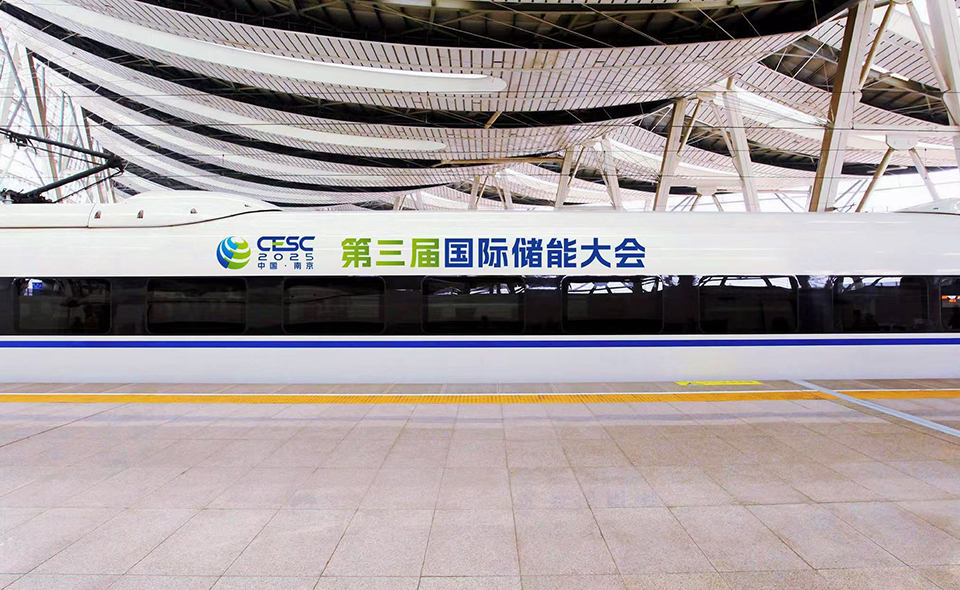
Latest News

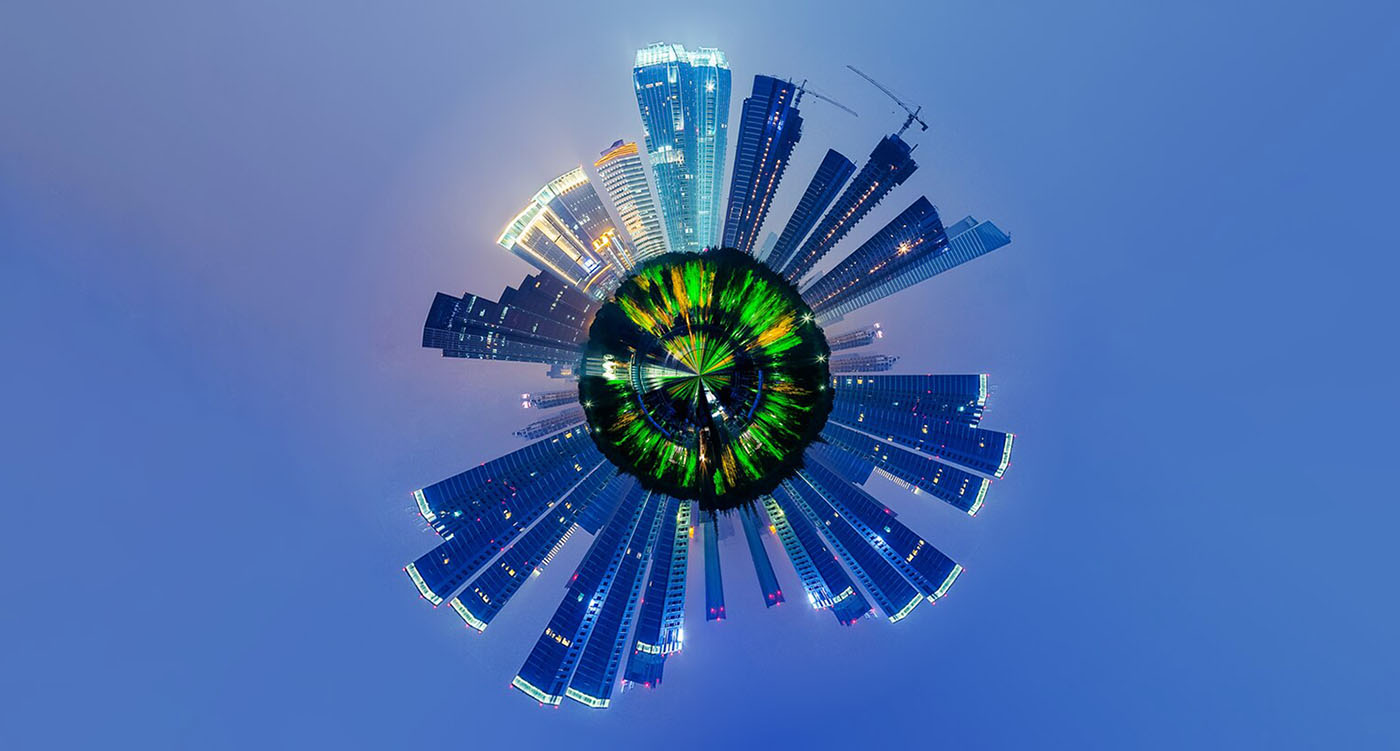
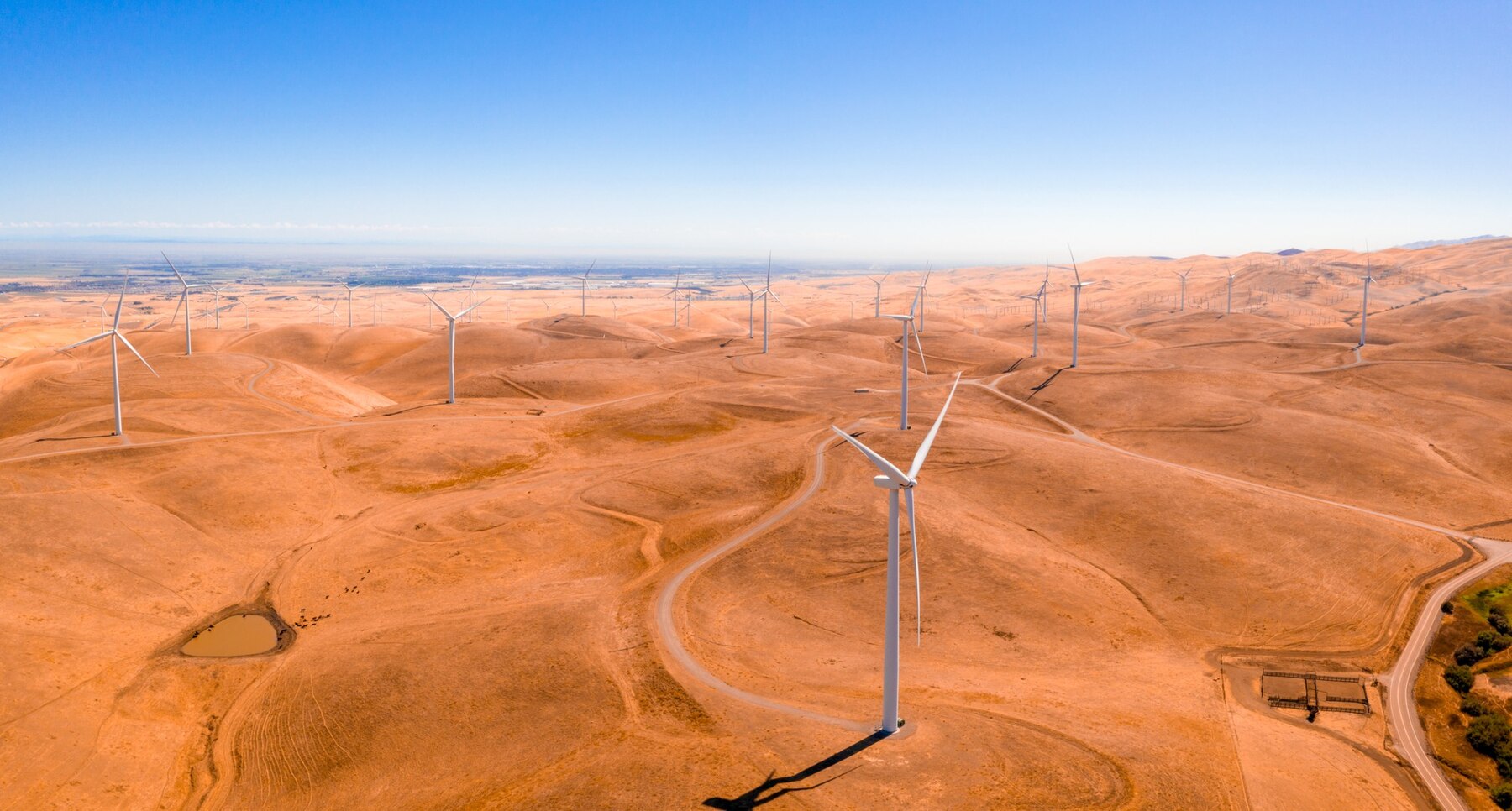



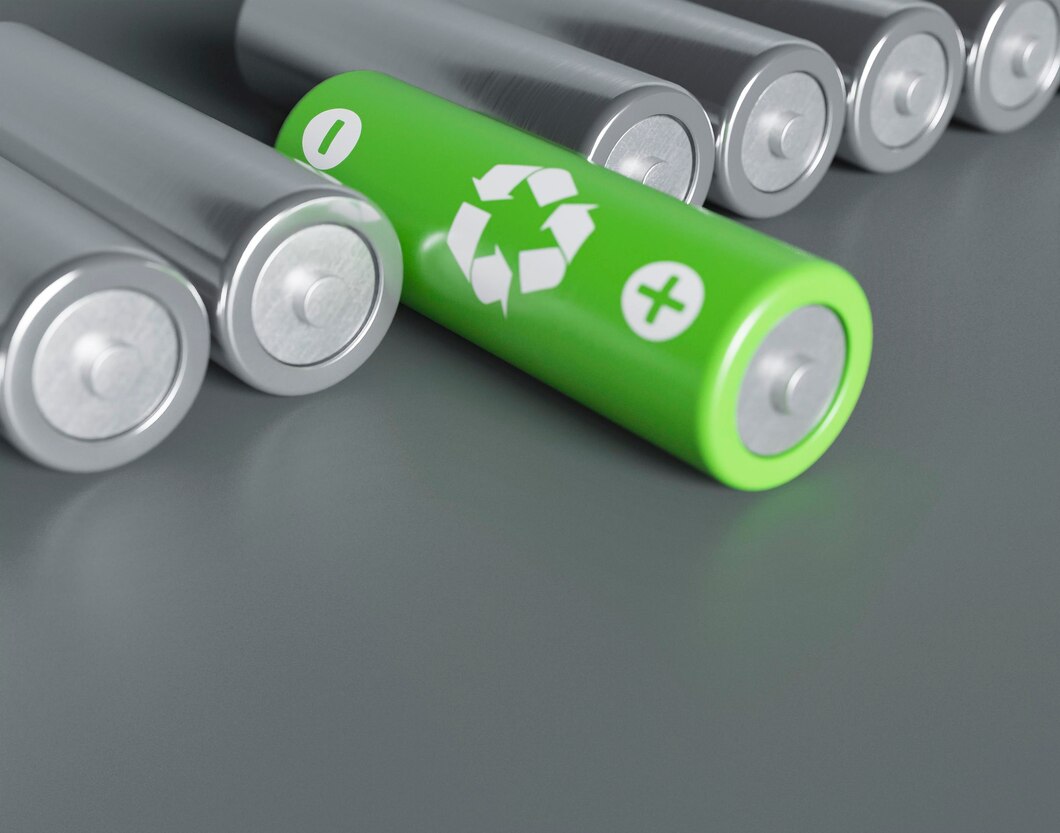




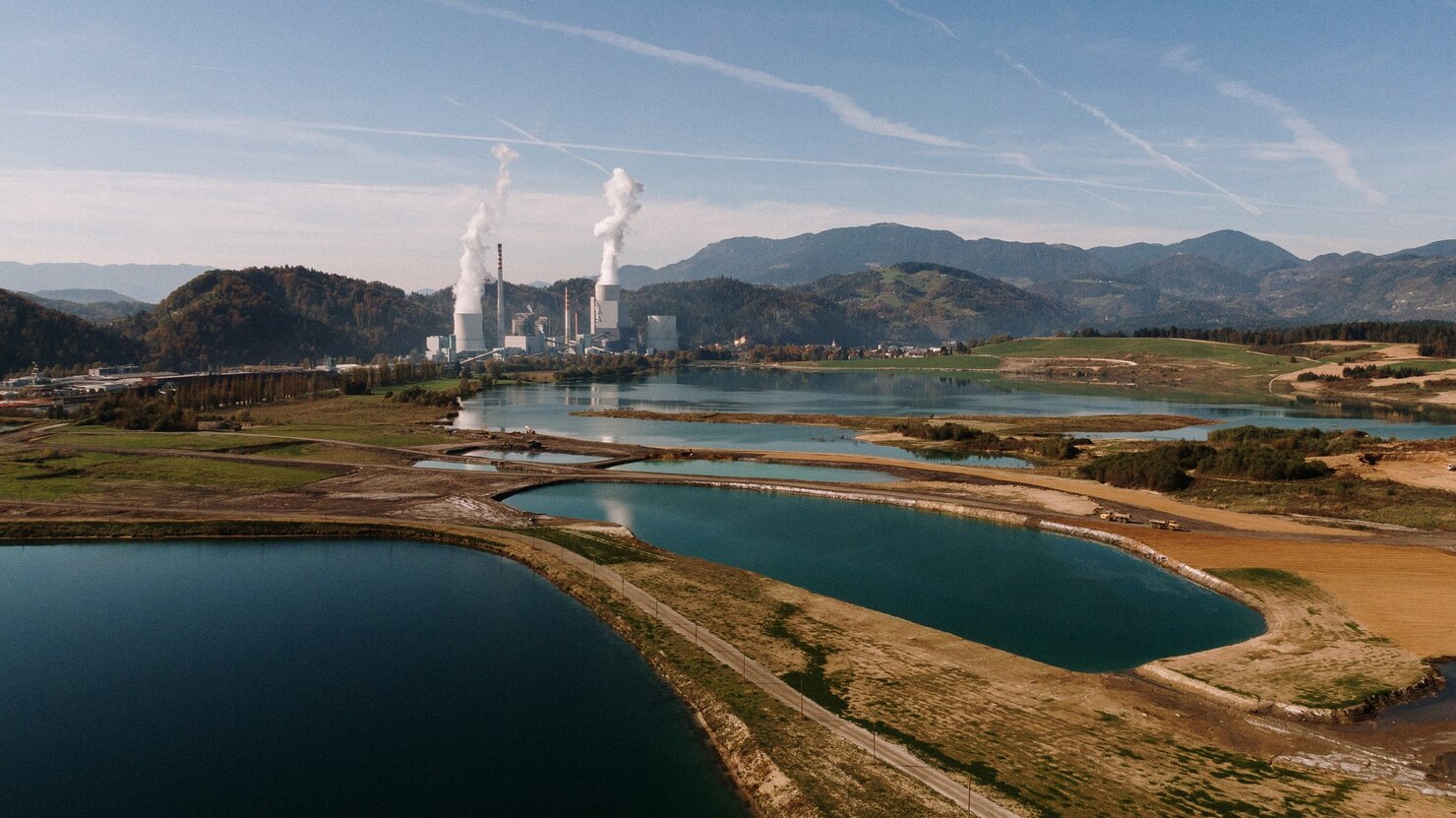
Ms. Liu +86 132 6100 0097

协办单位:全国工商联新能源商会、电力规划设计总院
支持单位:江苏省发展和改革委员会、江苏省工业和信息化厅、江苏省商务厅
国网江苏省电力有限公司
国际支持:欧洲储能行业协会、德国智能城市交通协会
承办单位:创能国际会展服务(江苏)有限公司、东浩兰生会展集团股份有限公司
溧阳深水科技咨询有限公司



